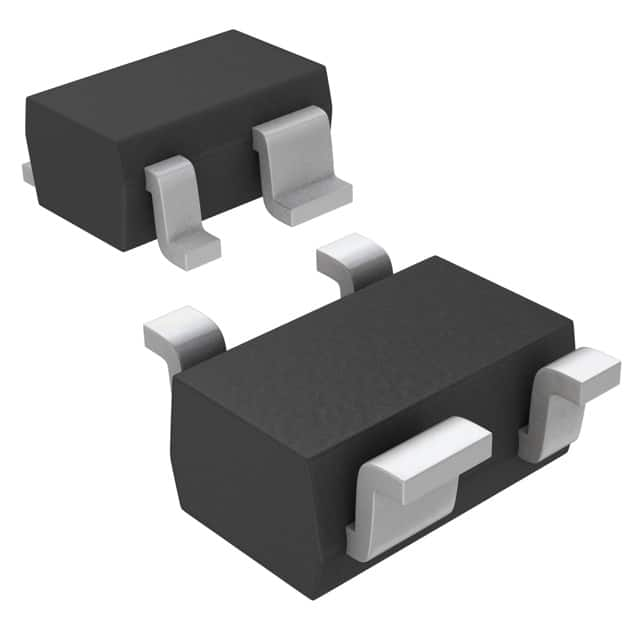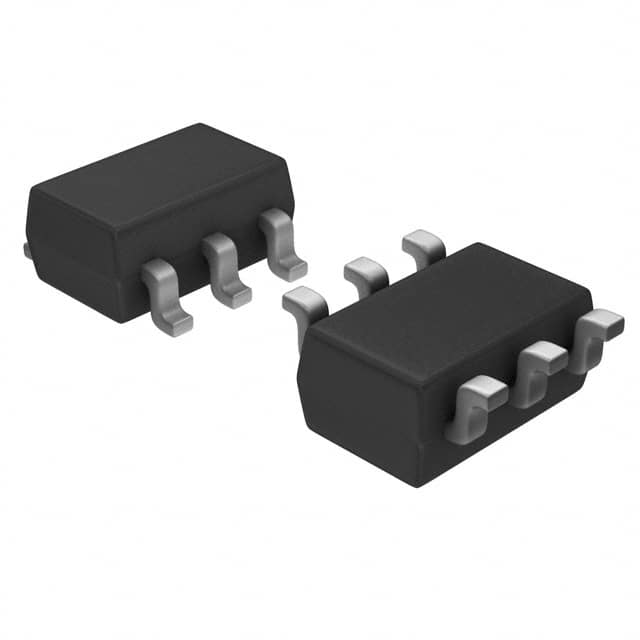TPS3307-33DGNRG4 Product Introduction:
Texas Instruments Part Number TPS3307-33DGNRG4(PMIC - Supervisors), developed and manufactured by Texas Instruments, distributed globally by Jinftry. We distribute various electronic components from world-renowned brands and provide one-stop services, making us a trusted global electronic component distributor.
TPS3307-33DGNRG4 is one of the part numbers distributed by Jinftry, and you can learn about its specifications/configurations, package/case, Datasheet, and other information here. Electronic components are affected by supply and demand, and prices fluctuate frequently. If you have a demand, please do not hesitate to send us an RFQ or email us immediately sales@jinftry.com Please inquire about the real-time unit price, Data Code, Lead time, payment terms, and any other information you would like to know. We will do our best to provide you with a quotation and reply as soon as possible.
Introducing the Texas Instruments TPS3307-33DGNRG4, a cutting-edge voltage supervisor designed to provide reliable and efficient power management solutions. With its advanced features and versatile application fields, this product is set to revolutionize the industry.
The TPS3307-33DGNRG4 boasts a wide input voltage range of 2.5V to 6.5V, making it suitable for a variety of applications. Its precision voltage reference ensures accurate monitoring and control, while its low quiescent current of only 10µA maximizes energy efficiency. Additionally, the device offers a fixed threshold voltage of 3.3V, providing stable and consistent performance.
This voltage supervisor is equipped with a built-in watchdog timer, enabling it to monitor system activity and reset the microcontroller in case of a malfunction. Its open-drain output can be easily connected to other devices, enhancing system integration and flexibility. Furthermore, the TPS3307-33DGNRG4 features a wide operating temperature range of -40°C to 125°C, ensuring reliable performance even in harsh environments.
The TPS3307-33DGNRG4 finds its application in a wide range of fields, including industrial automation, automotive systems, consumer electronics, and telecommunications. Whether it is used to monitor power supplies, control motor drives, or protect sensitive electronic components, this voltage supervisor guarantees optimal performance and reliability.
In conclusion, the Texas Instruments TPS3307-33DGNRG4 is a state-of-the-art voltage supervisor that offers a multitude of features and application possibilities. With its precision, efficiency, and versatility, this product is the perfect choice for any power management solution.
Pmic-supervisors (Power Management Integrated circuit-Supervisors) is a highly Integrated Circuit component, which can detect key parameters such as voltage, current and temperature of the power system in real time, and take corresponding protective measures when necessary. To ensure the stable operation of the power system and the safety of the equipment. PMIC monitors usually integrate a variety of functions, such as overvoltage protection, undervoltage protection, overtemperature protection, etc.
Application
Pmic-supervisors (Power Management Integrated Circuit-Supervisors), as a key component of electronic equipment, is mainly responsible for real-time monitoring and adjusting the status of the power system, ensuring stable voltage and current, efficient battery management, and providing multiple protection functions. Its wide range of applications, covering mobile devices, consumer electronics, automotive electronics and industrial control and other industries, to ensure the stable operation of equipment and extend the service life.
FAQ about PMIC - Supervisors
-
1. What is PMIC in electronic products?
PMIC (Power Management Integrated Circuit) is a key component dedicated to managing and distributing power in electronic devices. It improves the efficiency and reliability of the power system by integrating multiple power management functions, while reducing the size and cost of the device.
The main functions of PMIC include power supply, battery management, charging management, and power consumption management. It can provide stable power to the main system and manage and control the battery.
-
2. What is a power monitor?
A power monitor is a device used to monitor the power status. It can monitor the voltage, current, temperature and other parameters of the power supply in real time, and issue alarm information in time to help users detect power failures in time and ensure the stable operation of the equipment.
The main functions of the power monitor include:
Improving the reliability and stability of the power system: By monitoring the voltage, current, power, frequency and other parameters of the power system in real time, timely discovering and alarming the power system's faults, abnormalities, overloads, short circuits, etc., to prevent power system failures from causing equipment downtime or data loss.
Optimizing the operating efficiency of the power system: Monitoring data can help optimize the operation of the power system, improve energy utilization, and reduce energy consumption and costs.
Provide real-time monitoring data and reports: The power parameters are collected by sensors, the monitor processes the data and issues an alarm, and the data transmission device transmits the monitoring data to the host computer or cloud server. Managers can perform real-time monitoring and data analysis, provide data reports and decision support.
-
3. Why do we need PMIC ?
PMIC (power management IC) plays a vital role in modern electronic devices. It can effectively manage and optimize the use of power to ensure the stable operation of the equipment and extend the battery life.
The core functions of PMIC include:
Power status monitoring: real-time monitoring of parameters such as battery power, voltage and current, judging the power status according to the set threshold, and issuing warning signals when necessary.
Energy optimization: Automatically adjust the power supply mode according to the equipment usage and requirements to meet the needs of the equipment and avoid energy waste.
Protection function: Provide overload, overheating, short circuit and other protection functions to ensure the safe operation of the equipment.
Energy saving function: Automatically reduce the power supply power or enter the energy saving mode when the equipment is in standby mode to extend the battery life.
The importance of PMIC is reflected in many aspects:
Improve equipment performance and responsiveness: By optimizing power transmission, ensure that components receive the right power at the right time, thereby improving equipment performance and responsiveness.
Extend battery life: Reduce power waste, extend battery life, and reduce environmental impact.
Miniaturize equipment: Play a role in high power density and integration to achieve miniaturization of electronic products.
Ensure equipment safety: Through a variety of protection functions, ensure that the equipment can operate safely under various working conditions.
In summary, PMIC is indispensable in modern electronic devices. It not only improves the performance and safety of the equipment, but also extends battery life and reduces environmental impact. It is a key technology for realizing efficient, safe and miniaturized electronic devices.
 Lead free / RoHS Compliant
Lead free / RoHS Compliant




























